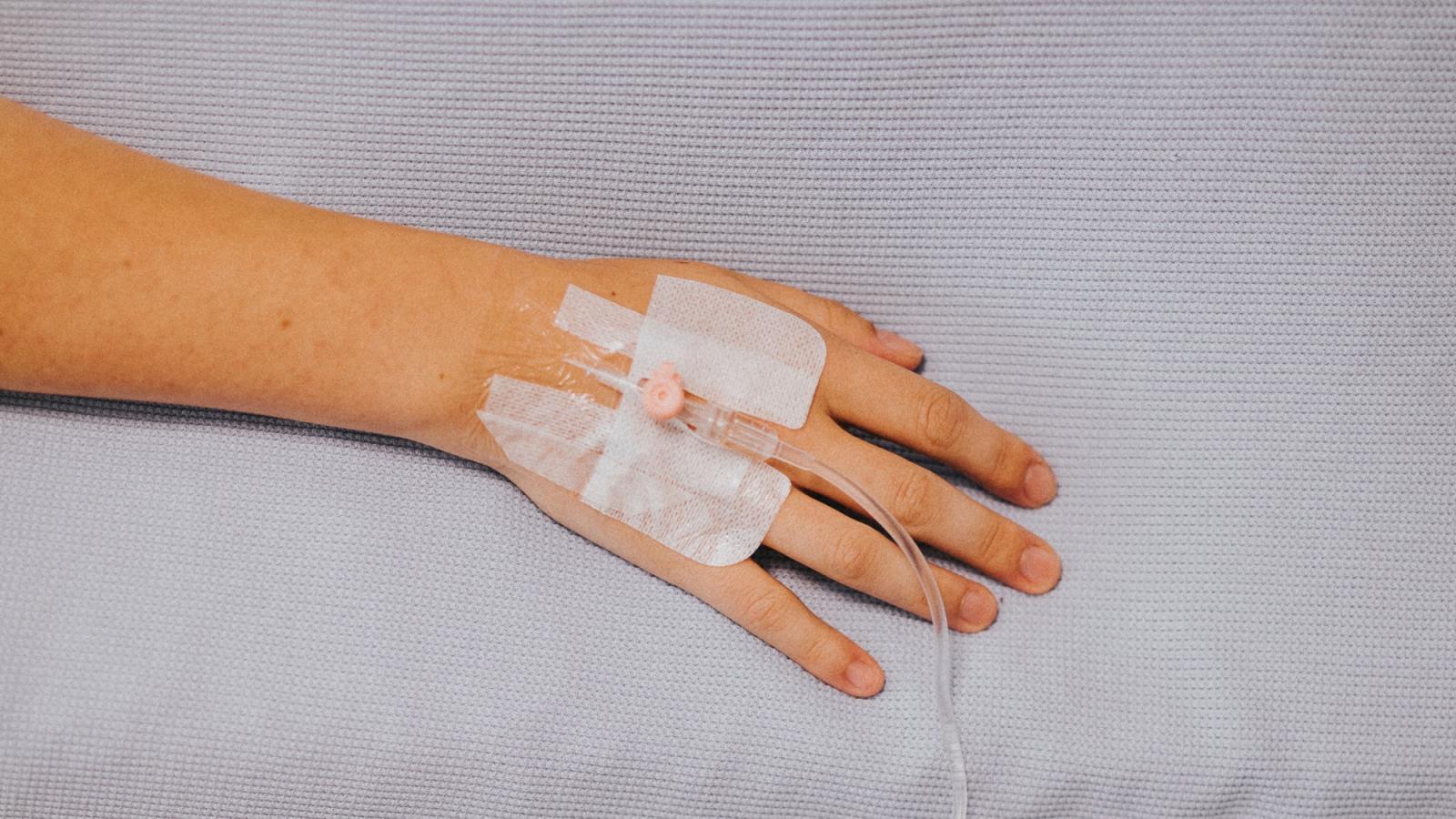How is liver cancer treated?

Liver cancer can be treated using surgical and non-surgical treatments. The best treatment for liver cancer depends on:
- The stage of the cancer
- The size of the tumour or tumours
- The location of the cancer
- If the cancer has spread
- How well your liver is working (liver function)
- Your age and general health
A team of healthcare professionals (multidisciplinary team) will recommend a treatment plan specific to you. Treatment options include:
Surgery
Surgery for early liver cancer can be:
- Surgical resection/lobectomy: Removal of part of the liver; lobectomy is where a lobe is removed
- Liver transplant: Your liver is replaced with a donor's healthy liver
Your consultant will decide if you are suitable for surgery, based on the size and location of the tumour and how healthy the rest of your liver is.
Surgical resection/lobectomy
This surgery is not suitable for everyone, and your team will take many factors into consideration including:
• Are you fit for surgery?
• What size is the tumour? (If it’s small there’s less chance it has spread.)
• Has it spread into the blood vessels?
• Is your liver fairly healthy with little or no cirrhosis? That way the liver can grow back and start working as it did before
The operation may be done through open surgery (laparotomy). This is where the surgeon operates through one long cut. Alternatively, you may have keyhole (laparoscopic) surgery, where the surgeon makes a series of small cuts. Sometimes, the surgeon uses a robotic device and computer to help perform minimally invasive surgery.
Liver transplant
Transplant is an option for some types of primary cancers, but not all. You will have appointments and tests to see if you are suitable (the hospital may call this 'work-up'). Your consultant may recommend other treatments during this work-up and / or while you wait for a suitable donor. Read more about having a liver transplant.
Non-surgical treatments
Non-surgical treatments are used to reduce the growth of the cancer if surgery is not an option. These include:
Thermal ablation
This is a treatment using heat to destroy the cancer cells. It can be used if surgery isn’t suitable or if the tumour is very small.
The 2 types of thermal ablation used are radiofequency ablation or microwave ablation. They both use an electric current to destroy the cancer cells in the liver. A needle-type probe is guided into the tumour using an ultrasound scan or CT scan. This probe heats the tumour and destroys (ablates) it.
You may have this under a general anaesthetic or sedation. Generally you will be kept in that night.
You will usually have a scan 8-12 weeks later to see how well the treatment worked.
Embolisation
Embolisation involves blocking the hepatic artery blood supply to the tumour, killing the cancer cells. Examples of embolisation techniques include:
Transarterial embolisation (TAE)
TAE involves injecting the hepatic artery with tiny beads; this stops the cancer from growing by blocking off its blood supply.
Transarterial chemoembolisation (TACE)
TACE is very similar to TAE, except chemotherapy drugs are injected directly into the liver. The blood flow is also blocked (embolisation) so that the chemotherapy can stay longer in the liver and kill the cancer cells.
You will need to fast (not eat) from the night before the procedure. On the day of the procedure you will have a drip for fluids and antibiotics to prevent infection.
The TACE will be done in the radiology department. The radiologist will put a fine tube through a cut (incision) made in your groin. With the help of an X-ray, the tube will be guided to your liver and the chemotherapy will be injected through it. All of this is done under local anaesthetic - it shouldn’t hurt. It usually takes about 1-2 hours. It's normal to stay in hospital for a day or two afterwards.
You will have either a CT or MRI scan 2-3 months afterwards to see how effective the TACE was.
Radiation therapy
Radiotherapy uses high-energy rays to destroy cancer cells. It is not often used to treat primary liver cancer. It is more used to control the cancer if it has spread. The main type of radiation therapy used for this is called selective internal radiation therapy (SIRT).
SIRT (Selective internal radiation therapy)
SIRT is a type of internal radiotherapy. It is usually used to control cancer in the liver that cannot be removed by surgery. SIRT is sometimes called radioembolisation or trans arterial radioembolisation.
You will have an angiogram to plan your SIRT and give your doctor more information about your liver. This is done by guiding a thin tube to your liver through a blood vessel in your wrist or groin. Then dye is injected through this tube and a series of X-rays show that the dye is travelling along the blood supply to their liver.
After 1-2 weeks, you will have another angiogram and tiny radioactive seeds will be injected into the liver, guided by the dye showing the blood supply to the tumour in the liver. These radioactive seeds give off radiation and damage the cancer cells.
Drug therapy
You may be recommended drug therapy if:
- The cancer has spread
- The cancer returns after surgery
Chemotherapy
Chemotherapy is a treatment using drugs to kill cancer cells. Chemotherapy for liver cancer may be given before or after surgery or radiotherapy. You may have a single drug or a combination of chemotherapy drugs.
The drugs are either injected into the bloodstream or given in tablet form. Read more about chemotherapy and its side-effects.
Targeted therapies
Targeted therapy drugs can target and destroy cancer cells or stop them from growing. They are usually given to control cancer in the liver that can’t be removed by surgery. Read more about targeted therapies.
Immunotherapy
Immunotherapy drugs are occasionally prescribed for advanced or metastatic liver cancer. These help the body’s natural defences or immune system to fight cancer cells. Read more about immunotherapy.

Will I get side-effects?
The type of side-effects you get will depend on the type of treatment, the dose, the duration and your own general health.
You can read about the different treatments to find out about possible side-effects. Ask your doctor or nurse specialist about possible treatments and tell them if you have any problems after treatment.
We have more information about coping with side-effects and symptoms.
Treating metastatic liver cancer
Metastatic liver cancer means the cancer has spread beyond the liver to other parts of the body. Targeted therapies may be recommended for some, depending how well your liver is working. In some cases, the targeted therapy might be in tablet form.
You will be advised by your team how to take the medication and what side-effects you might have. Commonly in advanced liver cancer the type of targeted cancer drug used has 2 actions:
- It stops the cancer cells forming new blood vessels, which would help the cancer cells to grow
- It stops the signals which tell the cancer cells to grow
Your doctor will use these targeted therapies to slow down the growth of the cancer and reduce or relieve any symptoms you have. Or you may be suitable for a clinical trial.
Read more about metastatic cancer.
For more information
Phone
1800 200 700



